Introduction: Why Leak Detection Matters
Few household problems are as costly and disruptive as undetected plumbing leaks. Even small, slow leaks can lead to significant water damage, mold growth, and unexpectedly high water bills. For homeowners, timely detection is not just about saving money—it’s about safeguarding your home’s structure and health. Professional plumbers have specialized tools and years of experience in detecting hidden leaks, but there’s a lot you can do yourself before ever picking up the phone. By mastering key detection techniques and understanding the warning signs, you can catch issues early, prevent larger repairs, and maintain peace of mind.
This guide offers a detailed, step-by-step walk-through of reliable leak detection methods any homeowner can use. We’ll cover everything from visible signs and simple tests to advanced tools like moisture meters and thermal cameras. You’ll learn how to inspect key areas, interpret clues, and decide when it’s time to call in a professional. By the end, you’ll have a comprehensive toolkit for keeping your plumbing leak-free and your home protected.
Understanding the Types of Plumbing Leaks
Before you begin leak detection, it’s important to know the most common types of plumbing leaks you might encounter:
- Visible Leaks: Water dripping from exposed pipes, under sinks, or from appliance connections.
- Hidden Leaks: Leaks inside walls, ceilings, or floors, often only detectable through indirect signs.
- Slab Leaks: Occur in pipes buried beneath your home’s concrete foundation, notoriously hard to spot.
- Fixture Leaks: From toilets, faucets, showers, or tubs, sometimes masked by caulking or slow drainage.
Knowing the type of leak you’re dealing with helps you choose the right detection method and tools.
Early Warning Signs: What to Look For
1. Unusual Water Bills
One of the first clues is often a sudden spike in your water bill without any clear reason. Compare your current usage with past months. Even minor, consistent increases can signify a hidden leak.
2. Mold and Mildew
Musty odors, black spots, or visible mold on walls and baseboards, especially in areas not prone to humidity, are tell-tale indicators.
3. Stains and Discoloration
Yellow, brown, or copper stains on ceilings, walls, or floors often point to slow leaks behind the surface. Bubbling paint or warped drywall is also a red flag.
4. Sounds of Running Water
If you hear water running when all fixtures are off, you may have an active leak. This is especially concerning if the sound is constant or comes from walls or floors.
5. Soft or Warped Flooring
Floors that feel spongy or look warped near sinks, tubs, or appliances can indicate long-term water exposure below the surface.
Essential Tools for Leak Detection
- Flashlight: For inspecting dark corners under sinks and behind appliances.
- Moisture Meter: Detects elevated moisture levels in walls, floors, and cabinets.
- Infrared (Thermal) Camera: Highlights temperature differences, making hidden leaks visible.
- Plumber’s Wrench: For tightening loose connections during inspection.
- Food Coloring: Useful for testing toilets for silent leaks.
- Notepad or Leak Log: To record observations and track changes over time.
While you can start with basic tools, investing in a moisture meter or renting a thermal camera can make a dramatic difference in your success.
Step-By-Step Leak Detection Process
1. Check the Water Meter
Begin your assessment at the main water meter. Turn off all water-using fixtures and appliances inside and outside your home. Record the meter reading. Wait two hours without using water, then check the reading again. Any change indicates a leak somewhere in the system.
2. Inspect Visible Plumbing
- Check under every sink, behind toilets, and around water heaters for pooling water or corrosion.
- Gently run your hand along exposed pipes to feel for dampness.
3. Test Toilets for Silent Leaks
Add a few drops of food coloring to the toilet tank (not the bowl). Wait 30 minutes without flushing. If colored water appears in the bowl, you have a leak in the flapper or valve assembly.
4. Examine Appliances
- Inspect hoses and connections on washing machines, dishwashers, ice makers, and water filters.
- Look for rust, mineral buildup, or wet spots around appliance bases.
5. Scan for Wall and Ceiling Leaks
- Use a flashlight to check for discoloration, bubbling paint, or mold.
- Deploy a moisture meter to measure hidden dampness. High readings signal trouble, even if no water is visible.
- If available, use a thermal camera to search for cold patches or streaks indicating water flow behind surfaces.
6. Examine the Basement and Crawl Space
Check exposed pipes, sump pumps, and foundation walls for condensation, standing water, or mineral rings. Pay close attention to any musty smells or visible mold.
7. Outdoor Leak Checks
- Inspect outdoor spigots, irrigation systems, and hose connections for drips or wet soil.
- Walk along your foundation, looking for unexplained wet patches or erosion, which may signal underground leaks.
8. Investigate Slab Leaks
Signs of a slab leak include unexplained warm spots on floors, cracks in flooring, or a sudden drop in water pressure. If you notice any of these, consult a professional immediately—diagnosing and repairing slab leaks requires specialized expertise.
Advanced Techniques for Hard-to-Find Leaks
Using Moisture Meters Effectively
Moisture meters are invaluable for detecting hidden leaks. To use:
- Calibrate the meter according to the manufacturer’s instructions.
- Press the sensor against drywall, baseboards, or floorboards where you suspect leaks.
- Compare readings from different areas to identify anomalies.
- High moisture levels in isolated spots usually indicate an active leak.
Thermal Imaging for Leak Detection
Thermal cameras can detect temperature changes caused by evaporating water. Scan walls, floors, and ceilings, looking for cooler (blue or purple) areas that contrast with their surroundings. These often signal hidden moisture or saturated insulation. Thermal imaging is especially useful for diagnosing leaks in multi-story homes or finished basements.
Common Leak Hotspots: Room-by-Room Guide
Kitchen
- Check under the sink for leaks from supply lines, drains, or garbage disposals.
- Inspect dishwashers and refrigerator ice maker lines for slow drips or wetness.
Bathroom
- Test around shower doors, tubs, and under vanities for pooled water.
- Look for cracked grout or caulk that could allow water to penetrate walls or floors.
Laundry Room
- Inspect washing machine hoses for bulges, splits, or looseness.
- Check behind and under the machine for water stains or soft flooring.
Basement & Utility Areas
- Look for condensation or drips from exposed pipes and water heaters.
- Check water softener connections and sump pump pits for leaks or overflow.
What To Do If You Find a Leak
Shut Off Water Supply
If a pipe is actively leaking, immediately shut off the nearest water supply valve. For major leaks, turn off the main water supply to your home.
Document the Leak
Take photos and record details for insurance or when consulting a plumber. This documentation can make claims and repairs much smoother.
Make Temporary Fixes
- For minor leaks, use plumber’s tape, epoxy putty, or a pipe clamp as a temporary measure.
- Place buckets or towels to contain water and prevent further damage.
Arrange Professional Repairs
For hidden, persistent, or large leaks, contact a licensed plumber. DIY repairs are best limited to minor, accessible leaks unless you have advanced experience.
Preventing Future Leaks: Proactive Strategies
- Regular Inspections: Set a schedule to inspect key plumbing areas every six months.
- Replace Old Hoses: Upgrade rubber hoses on appliances to braided stainless steel every five years.
- Monitor Water Pressure: Excessive pressure can strain pipes. Install a pressure regulator if necessary (ideal pressure: 40–60 psi).
- Insulate Pipes: Prevent freeze-related bursts by insulating exposed pipes, especially in attics and crawl spaces.
- Install Leak Detectors: Smart leak sensors can alert you to problems before they escalate.
When to Call a Professional
While DIY methods can catch and address many leaks, some situations demand professional expertise:
- Slab or underground leaks
- Major water damage or persistent mold
- Inaccessible or complex piping systems
- Unexplained loss of water pressure throughout the home
In these cases, delay can worsen the problem. A qualified plumber has the technology and experience to pinpoint and repair elusive leaks safely.
Conclusion: Stay Ahead of Plumbing Leaks
Proactive leak detection is one of the smartest investments you can make as a homeowner. By learning to recognize early warning signs and mastering key inspection techniques, you can often catch leaks long before they cause significant damage. With a few essential tools—like a flashlight, moisture meter, and some food coloring—you can systematically inspect your home’s most vulnerable areas. Remember that the cost of prevention is always lower than the price of repairs and restoration later on.
While some leaks are simple to fix, others may require the expertise of a seasoned plumber. Build a habit of regular inspections, keep an eye on your water bill, and don’t ignore subtle signs like stains or musty odors. If you’re ever in doubt or encounter persistent or hidden leaks, don’t hesitate to call a professional. Your home and your wallet will thank you. By adopting a vigilant approach to leak detection and maintenance, you’ll protect your property, preserve its value, and enjoy greater peace of mind for years to come.
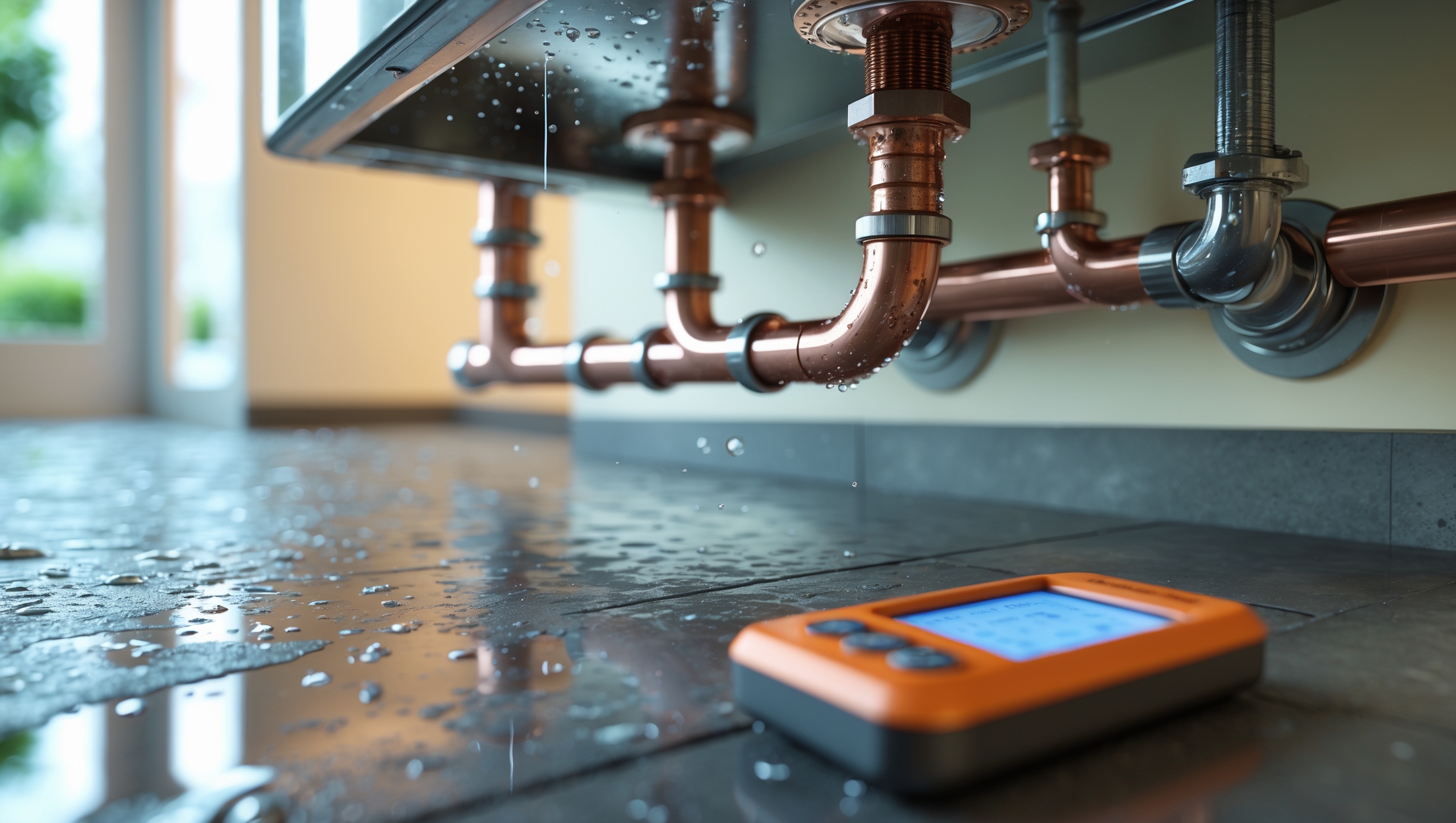
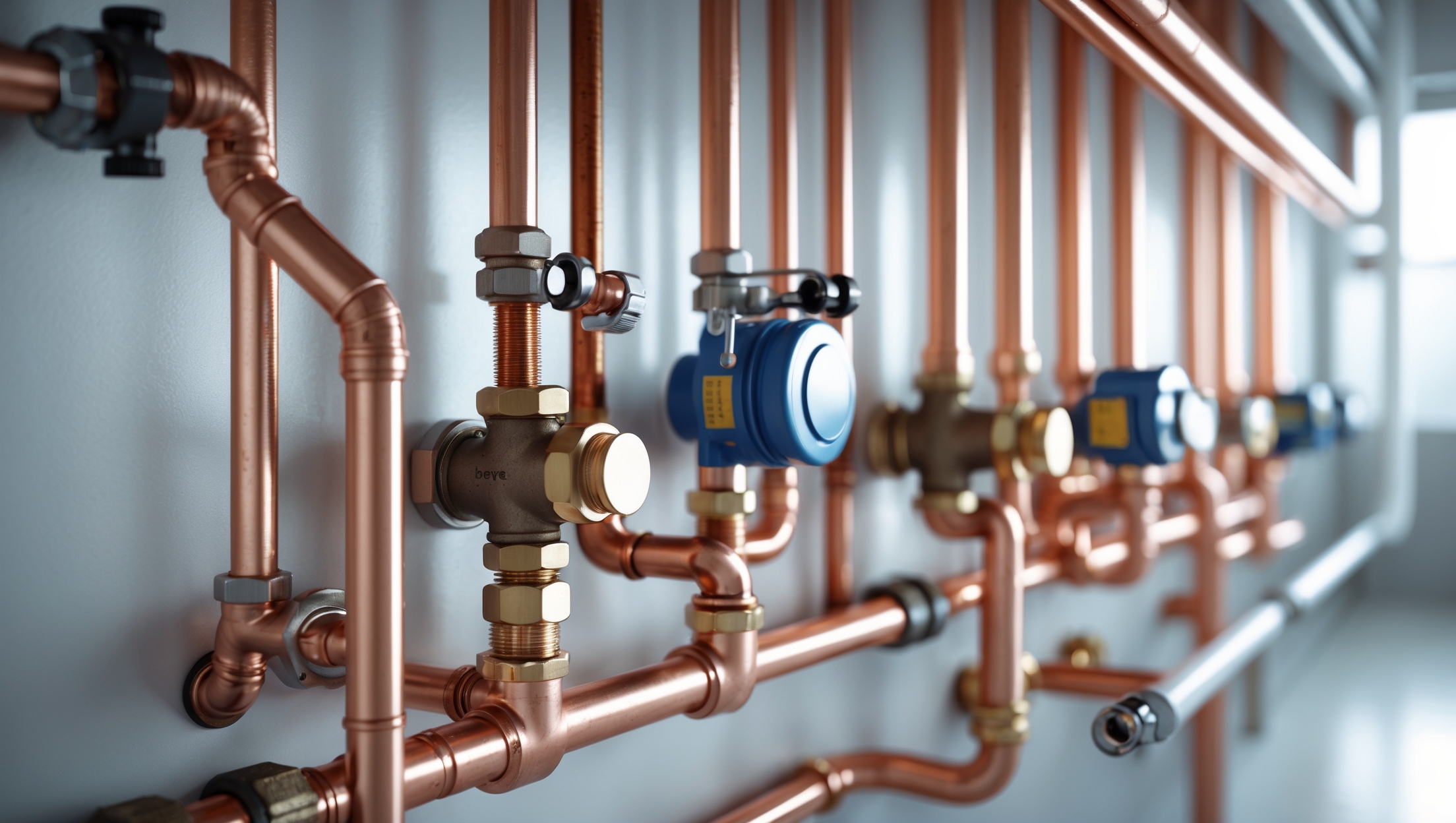

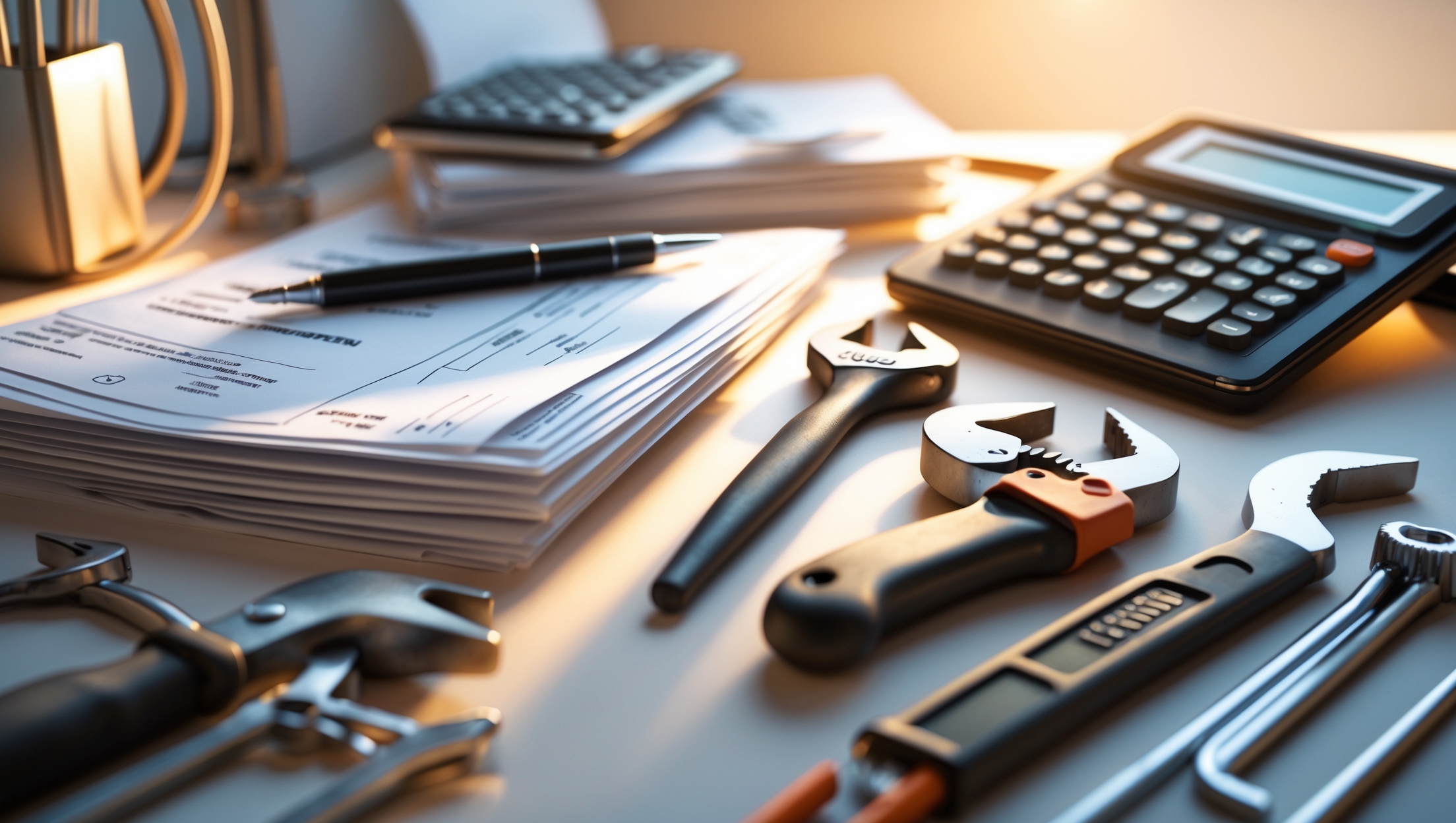
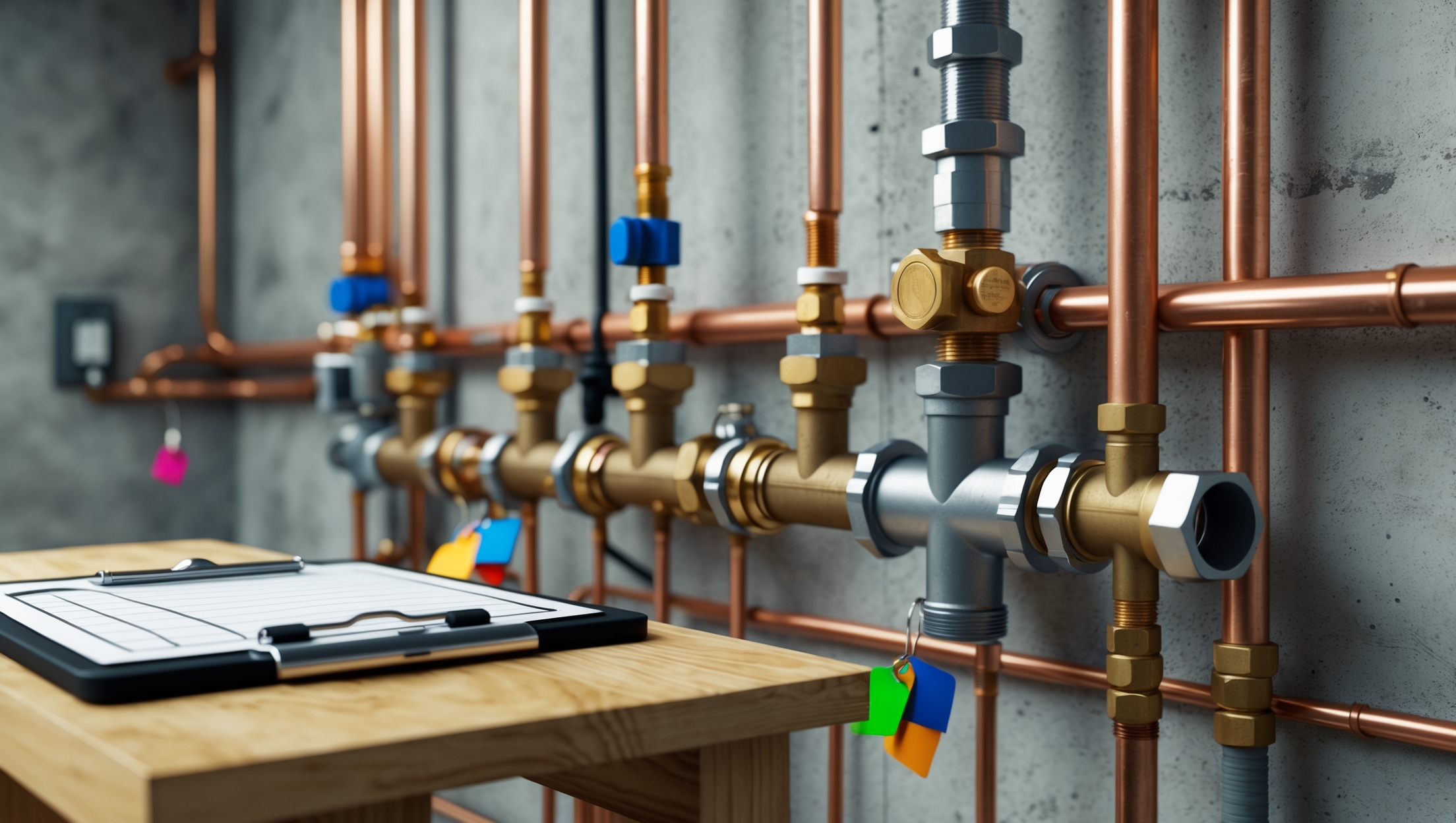
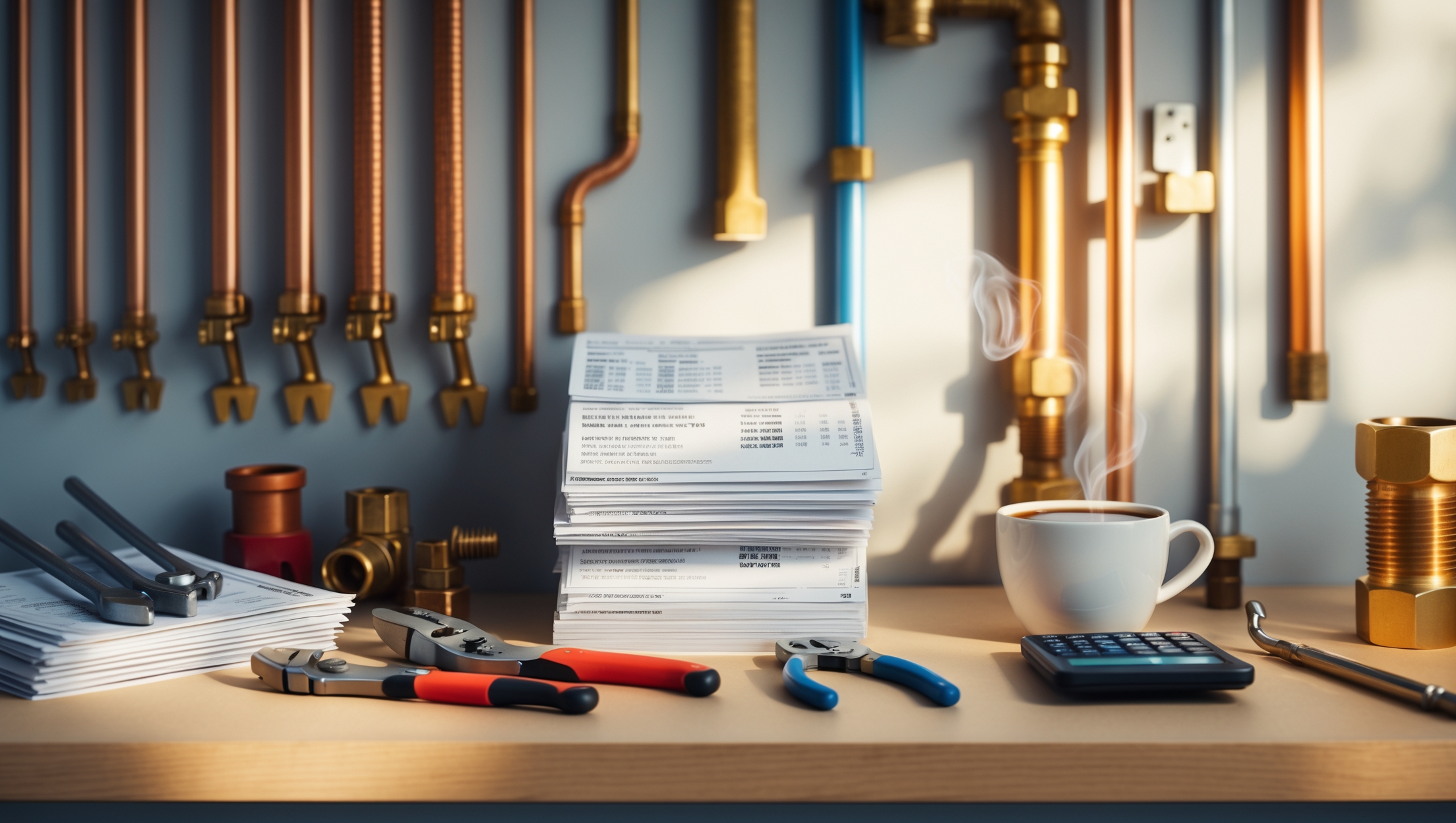
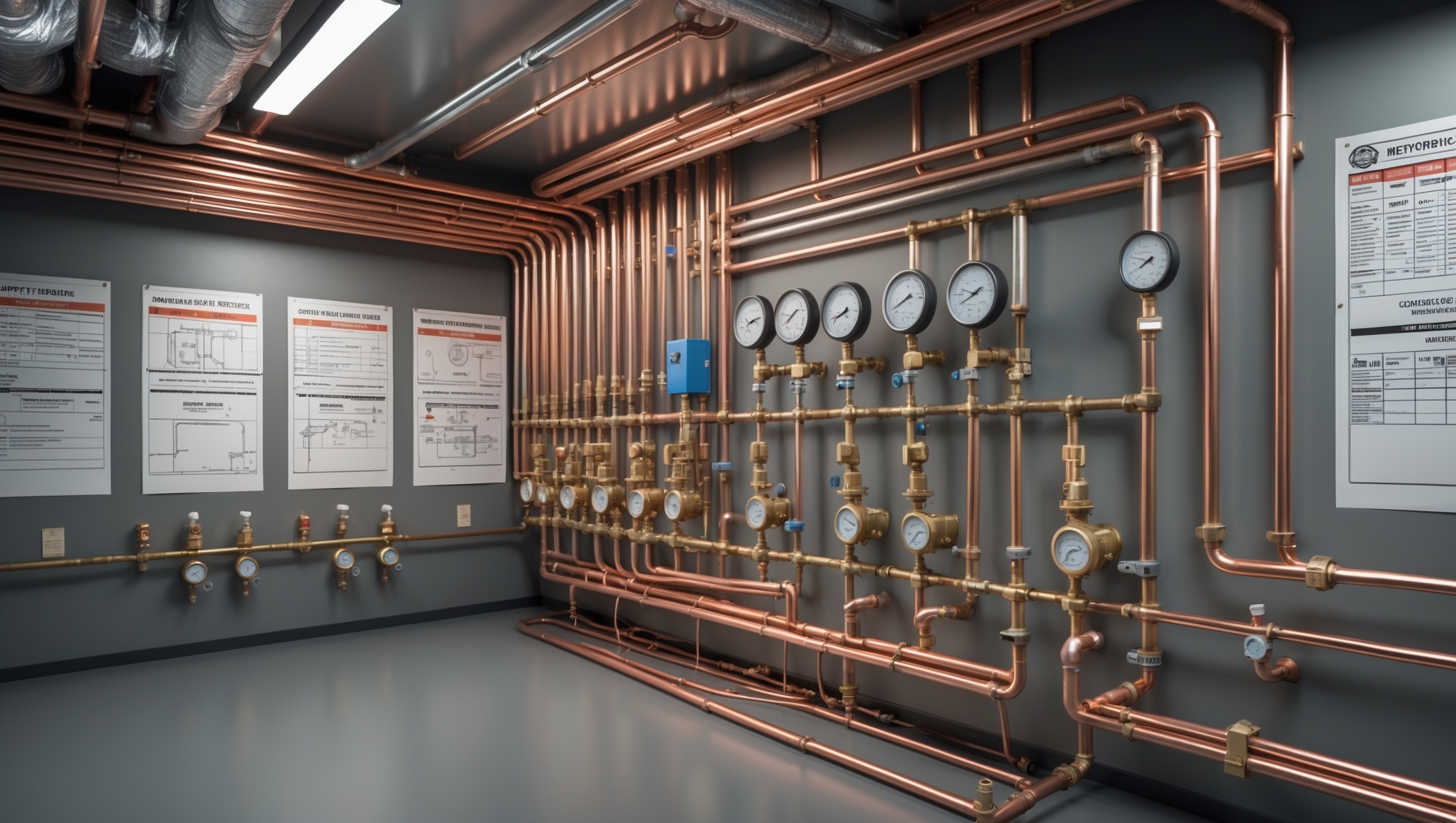
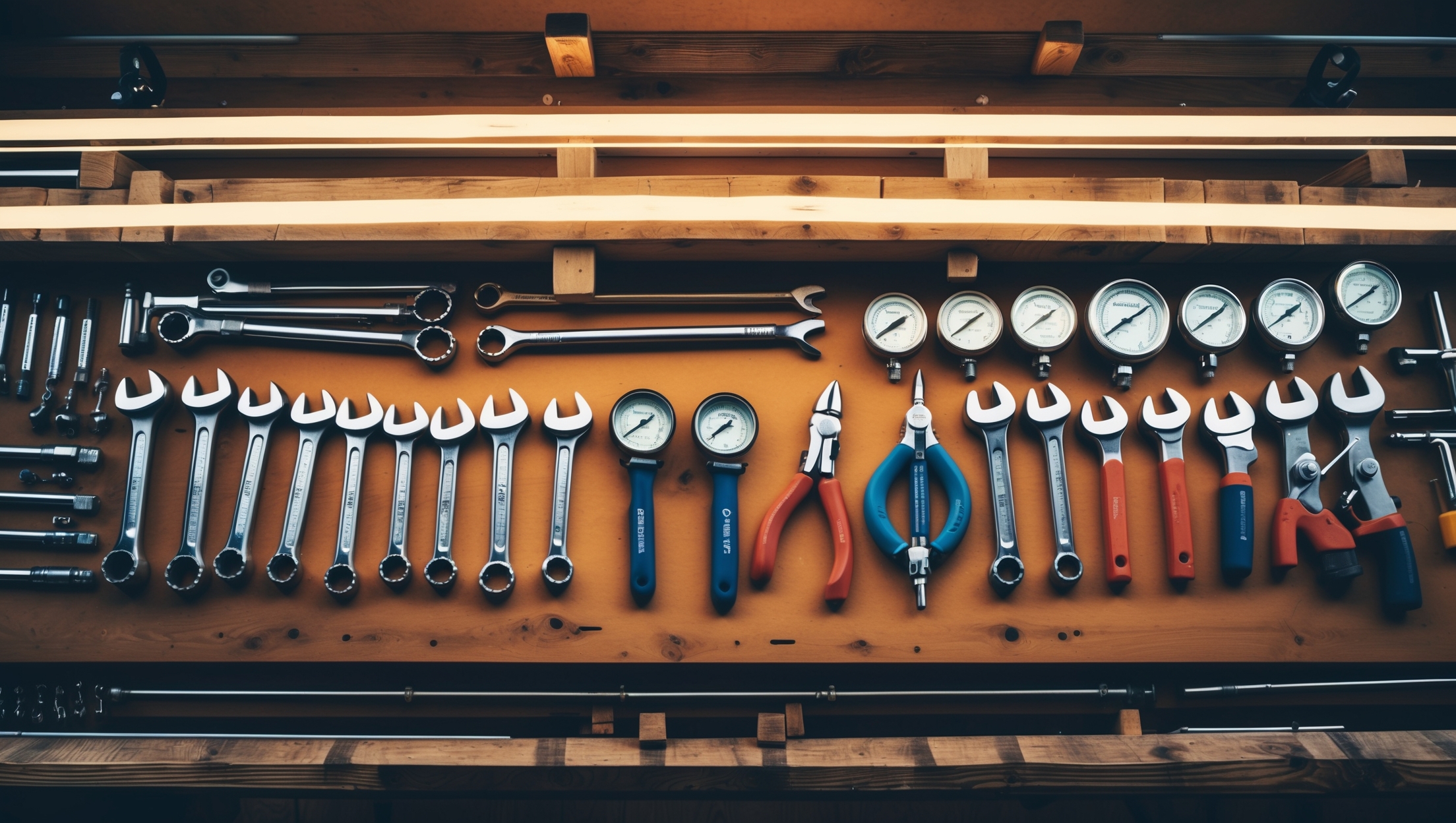
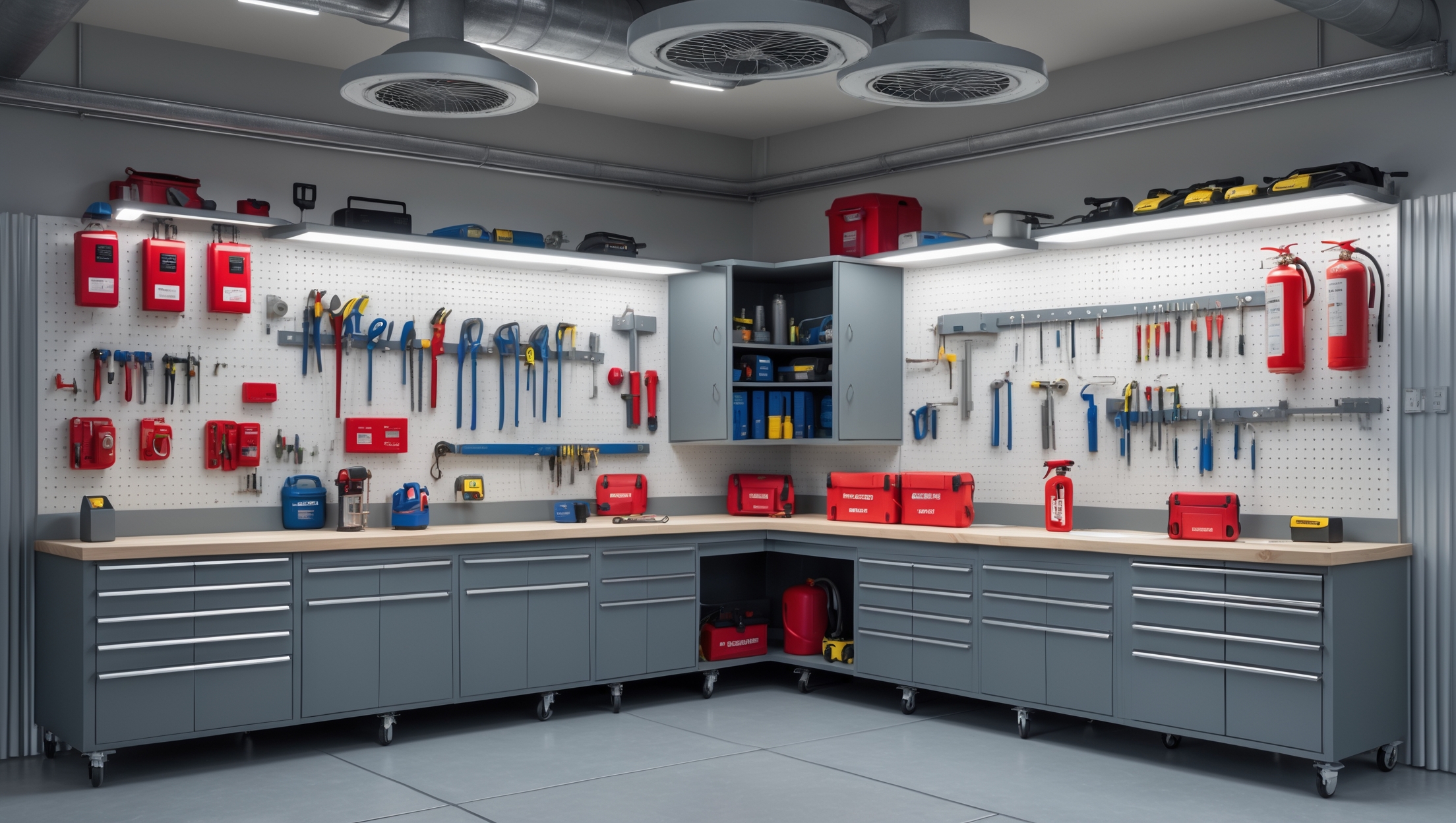
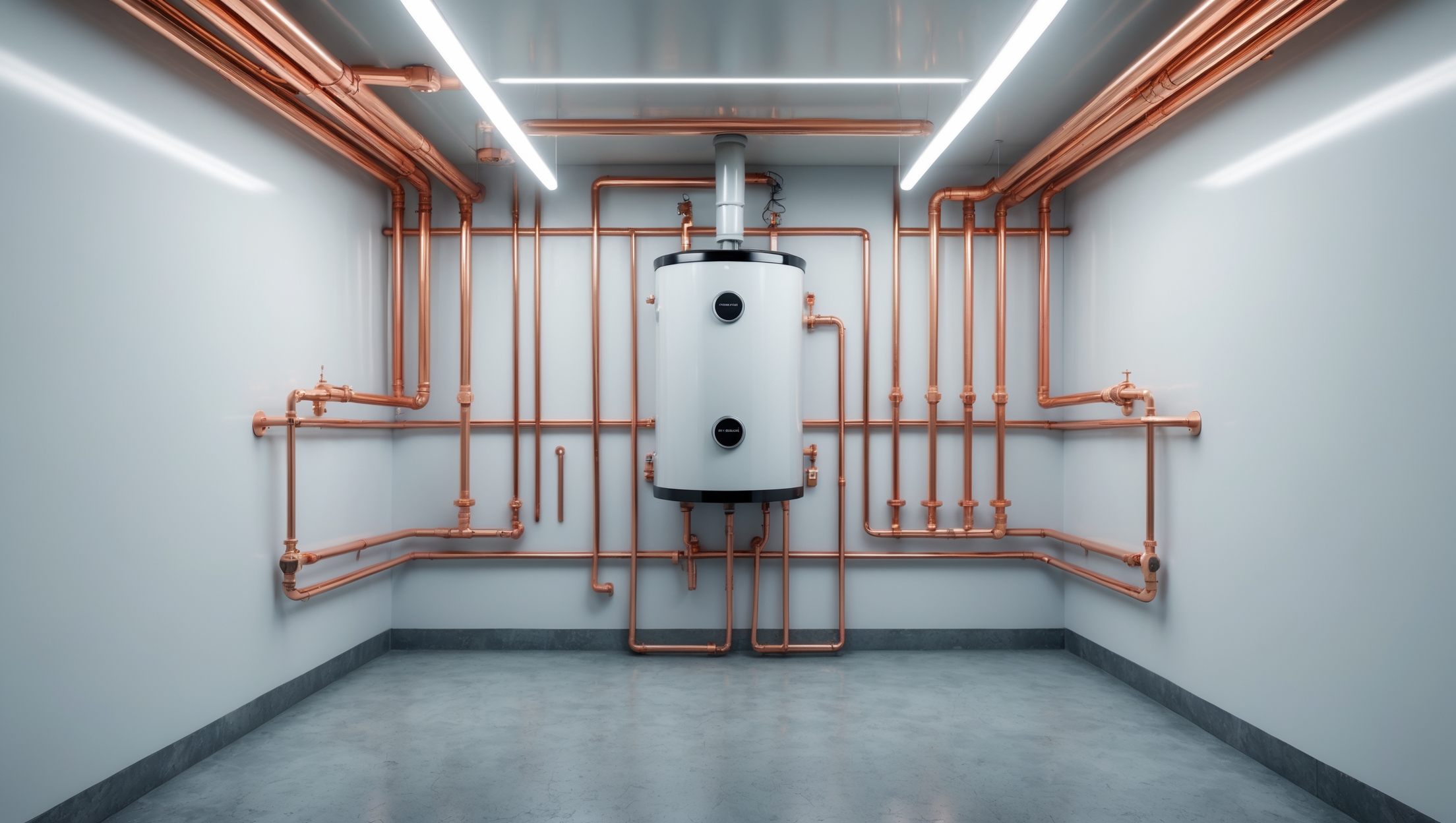
Donna Anderson
Could you explain a bit more about slab leaks? I have a concrete foundation and I’m worried because I’ve heard they’re hard to detect. What are some early signs homeowners can watch for to spot them early?